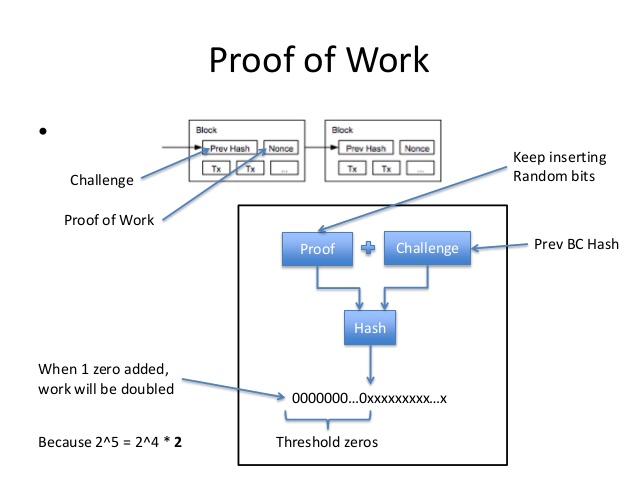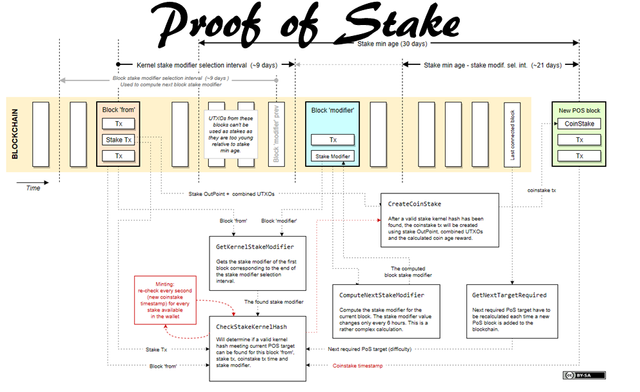WHAT IS HYBRID BLOCKCHAIN? PROOF OF WORK AND PROOF OF STAKE EXPLAINED
 The SWISSCOIN unique hybrid blockchain uses a proof of work (PoW) algorithm creation cycle followed by transition into full proof of stake (PoS) algorithm instead. But what’s really the difference between these two types of algorithm and why is it beneficial for SWISSCOIN to use PoS?
The SWISSCOIN unique hybrid blockchain uses a proof of work (PoW) algorithm creation cycle followed by transition into full proof of stake (PoS) algorithm instead. But what’s really the difference between these two types of algorithm and why is it beneficial for SWISSCOIN to use PoS?
Let us start by what they have in common: they are both algorithms for reaching consensus on the blockchain. Without going into too much detail, we need consensus because as we only want a unique chain, so we want a way to decide which block we should trust. The goal of a consensus algorithm in a public blockchain network is to let many different users agree on the current state of the blockchain even though they don’t trust each other or without any central authority for validation. While both PoW and PoS are algorithms for reaching consensus on the blockchain, they go about it in different ways.
Without going into too much detail, we need consensus because as we only want a unique chain, so we want a way to decide which block we should trust. The goal of a consensus algorithm in a public blockchain network is to let many different users agree on the current state of the blockchain even though they don’t trust each other or without any central authority for validation. While both PoW and PoS are algorithms for reaching consensus on the blockchain, they go about it in different ways.
Proof-of-Work Explained
Proof-of-Work happens through miners trying to solve exceptionally difficult math problems. Finding a solution is basically a guessing game, but checking if a solution is correct is easy. Miners aren’t able to cheat the system because it takes real-world resources to work out these solutions, you can use Bayes’ Theorem and the laws of Thermodynamics to prove that a given block has indeed required a certain amount of work to be mined and this way, users can simply pick the longest valid chain with the highest amount of work as the correct chain. But this also implies that Proof of Work is extremely inefficient in term of energy, these real-world resources used to “mine” are computers and electricity and It takes a lot of power to run the computers, or clusters of computers, that calculate different potential solutions to solve the blocks and therefore also very expensive, obviously not desirable for a network whose goal is to minimize the need to trust third parties.
But this also implies that Proof of Work is extremely inefficient in term of energy, these real-world resources used to “mine” are computers and electricity and It takes a lot of power to run the computers, or clusters of computers, that calculate different potential solutions to solve the blocks and therefore also very expensive, obviously not desirable for a network whose goal is to minimize the need to trust third parties.
Proof-of-Stake Explained
Proof of Stake isn’t about mining, it’s about validating, it happens by a miner putting up a stake, or locking up an amount of their coins, to verify a block of transactions. Each validator owns some stake in the network, ether in the case of Ethereum, SIC in the case of SWISSCOIN, that they bond. Bonding stake means you keep you coins in the network, and in some sense use it as collateral to vouch for a block. The cryptographic calculations in PoS are much simpler for computers to solve and would be a more fair system than PoW, as technically anyone could become a miner. You only need to prove you own a certain percentage of all coins available in a given currency. For example, if you somehow owned 2% of all SWISSCOIN (SIC), you’d be able to mine 2% of all transactions across SWISSCOIN. In PoW you know a chain is valid because lots of work is behind it, while in PoS you trust the chain with the highest collateral.
The cryptographic calculations in PoS are much simpler for computers to solve and would be a more fair system than PoW, as technically anyone could become a miner. You only need to prove you own a certain percentage of all coins available in a given currency. For example, if you somehow owned 2% of all SWISSCOIN (SIC), you’d be able to mine 2% of all transactions across SWISSCOIN. In PoW you know a chain is valid because lots of work is behind it, while in PoS you trust the chain with the highest collateral.
Read also: What is digital Money? Should I invest in it?
Final Verdict
In this new algorithm (PoS), agreement within the blockchain will be measured not on the basis of how much computing power agrees with the current state, but instead on the basis of how much digital currency agrees with the current state. The owners of this digital currency hold a financial stake in the success of the blockchain that tracks it.
Proof-of-Stake protocol isn’t just better for the environment; it helps to level the playing field for miners, and increases community participation. All of which is good for the SWISSCOIN network.